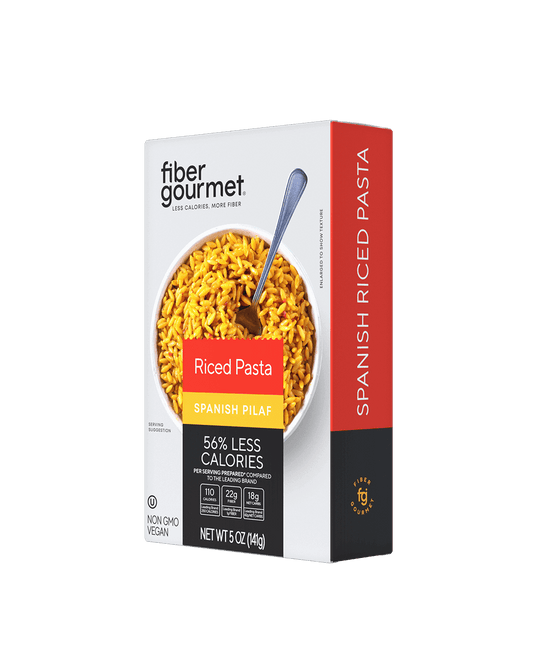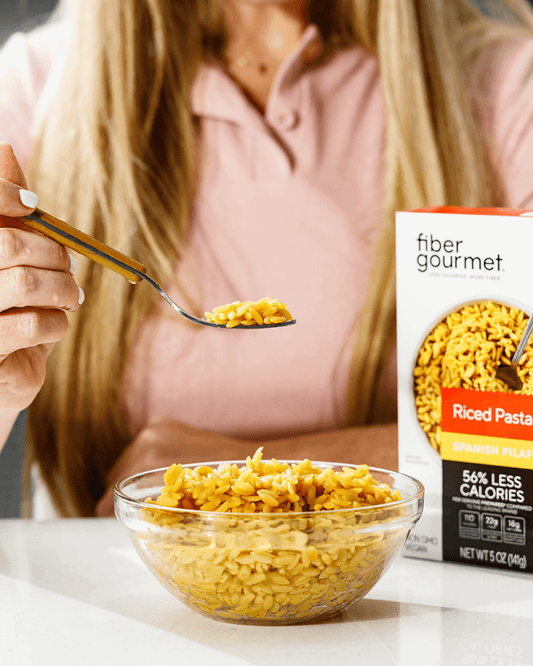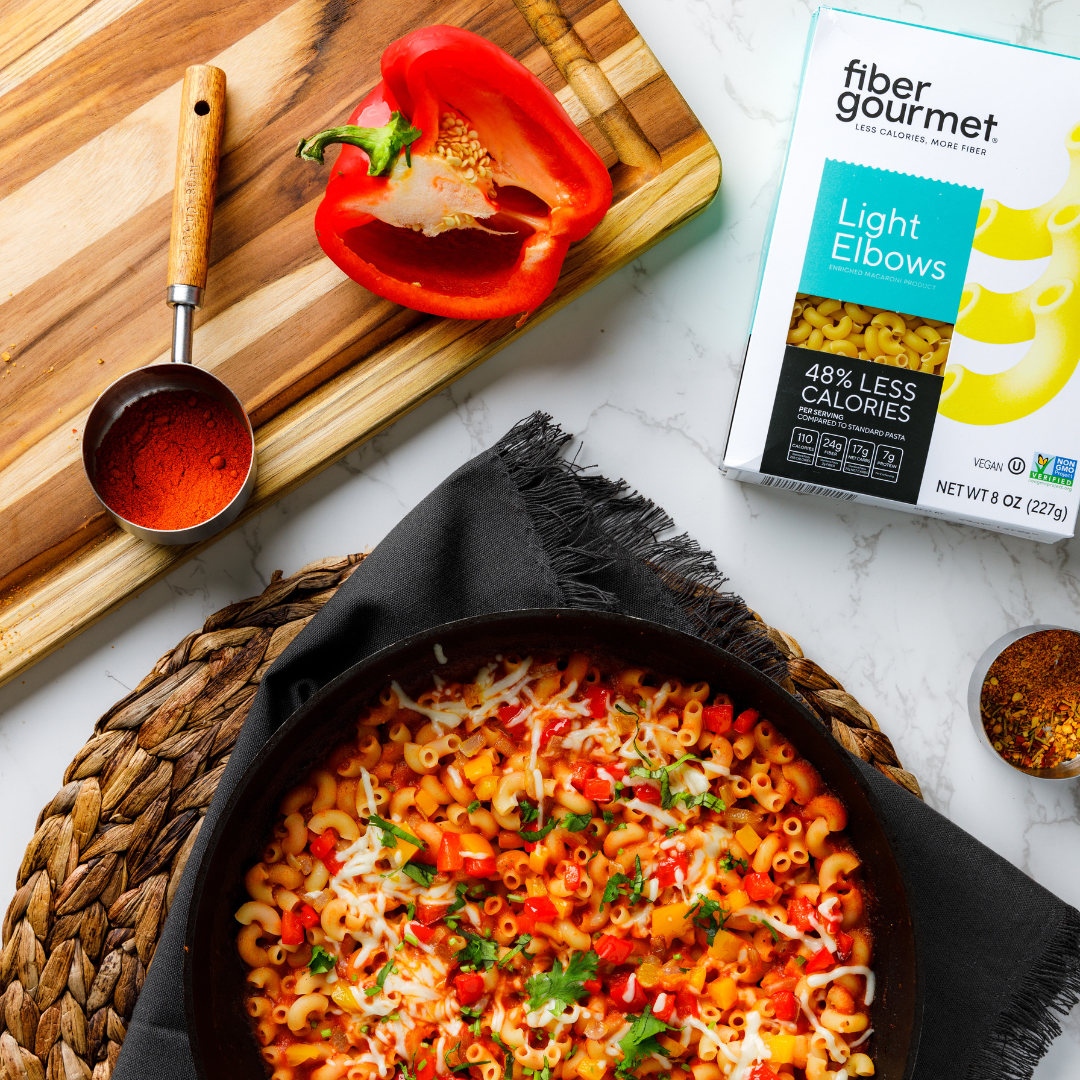
DON'T TAKE OUR WORD FOR IT.
-

- Will S.
“If you have a need to incorporate more fiber into your diet, this is the way to go! Delicious, cooks normally, and has great taste”
-

- KS
“Tastes and feels like normal pasta but with half the calories, you would be crazy not to get it. Only pasta I am eating from now on.”
-

- Smabe
“I was amazed when I made a spaghetti and invited guests over for dinner. Everyone loved it. No one could tell the difference”
-

- Amy
“I wanted to try different kinds of higher protein/fiber pasta and this tastes just like regular pasta, very good.”
-

- Barb and Mark
"These treats are just as much fiber in them as they are in a really GREAT FLAVOR!"
-

- K.
"The best pasta I've ever had. It digests well, and I still get to keep the flavor of pasta"
-

- P.S.
"This is no palmini! It tastes like REAL pasta. I love it. I bought one bag at a local store to try it. After devouring it I purchased the 6 bag deal from Amazon. Works with my Weight Watchers lifestyle. Very pleased. Buy it. You won't be disappointed."
-

- Ann
"My husband and I tired this pasta since it’s half the calories. At 1st he was hesitant but we were both very satisfied with it. It was filling yet we didn’t feel bloated like we do when we eat regular pasta."
-

- momof2
"Finally a low carb low Weight Watchers point pasta that tastes and “feels” like regular pasta! Only thing missing is that bloated tummy feeling after eating it!"
-

- A.
"I liked everything about this product was very good you could definitely balance this into your calories in diet without overdoing it and feeling like you had plenty"
-

- Miss KHM
"I'm on a low calorie diet and this is perfect for the days I am craving pasta. It also taste wonderful!"
SHOP THE GOOD STUFF.
-
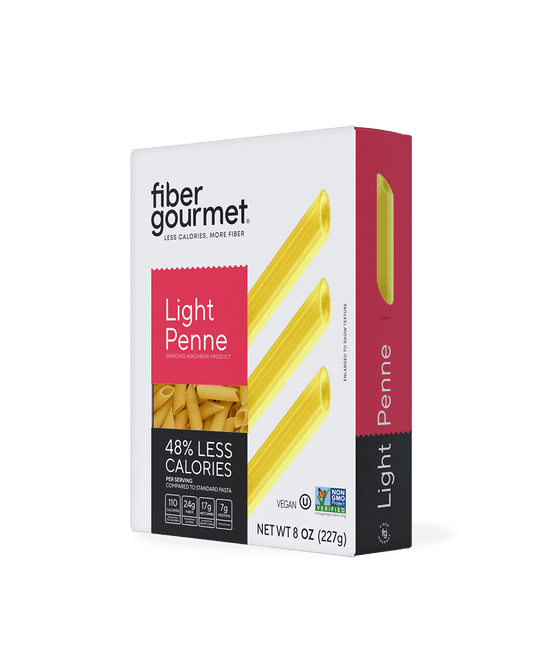
 Sale
SaleLight Penne
4.8 / 5.0
(291) 291 total reviews
Regular price From $5.79Regular priceUnit price / per$5.99Sale price From $5.79Sale -
Spanish Riced Pasta
4.9 / 5.0
(53) 53 total reviews
Regular price From $5.79Regular priceUnit price / per$5.79Sale price From $5.79 -
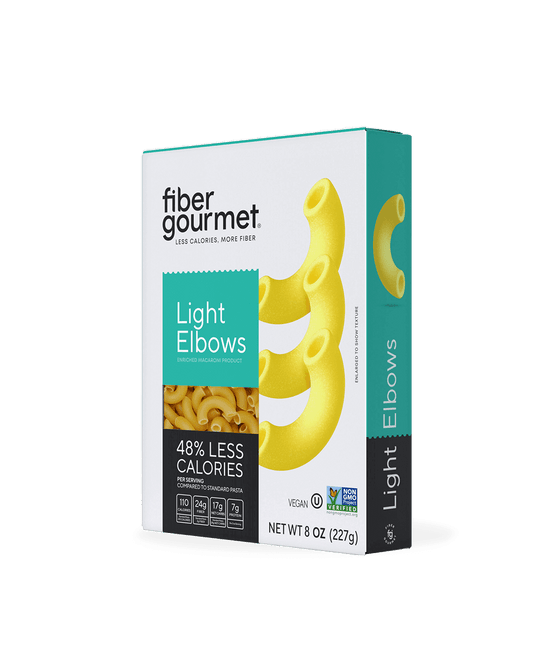
 Sale
SaleLight Elbows
4.8 / 5.0
(222) 222 total reviews
Regular price From $5.79Regular priceUnit price / per$5.99Sale price From $5.79Sale -

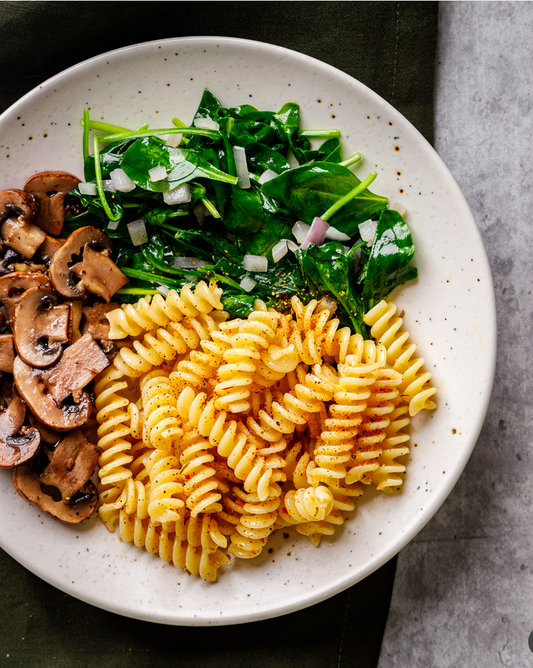 Sale
SaleLight Rotini
4.7 / 5.0
(336) 336 total reviews
Regular price From $5.79Regular priceUnit price / per$5.99Sale price From $5.79Sale
HALF THE CALORIES, ALL THE FLAVOR!
-

All the shapes you love for half the calories.
Explore pasta -

As a side dish or a main dish, our Riced Pasta has got you covered!
Explore Riced Pasta -

Your imagination is the limit, bake all you want guilt free.
Explore Flour
GET A TASTE OF EVERYTHING.
4.3 / 5.0
(16) 16 total reviews
Try all our Pastas
Not sure where to begin your Fiber Gourmet Journey? We've got you covered! Try them all.
We helped Americans add this many grams of fiber to their diets!
And still counting...


We use a special fiber-rich-starch called RS4 that has very few calories, making our products a better choice.

Fiber Gourmet is real pasta.
Not pretend-to-be pasta.
No gummy textures.
No nutty aftertaste.
No mushiness.
-
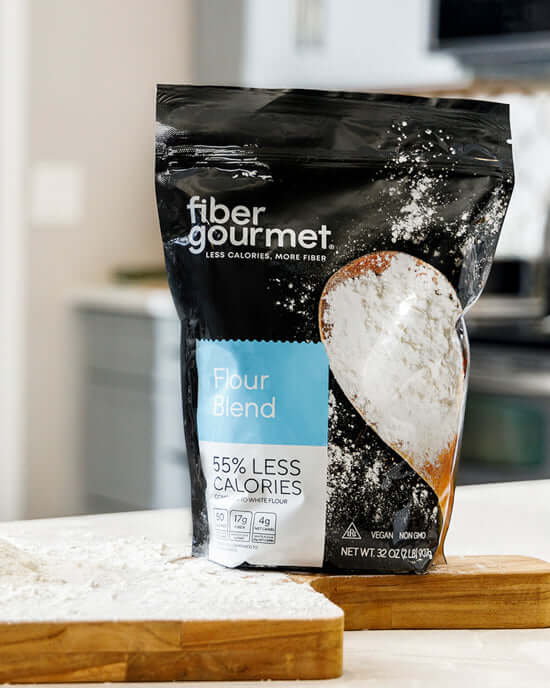
Flour Blend
From nutrient-packed morning muffins and bagels to fiber-rich brownies, pasta, tortillas, and...
-
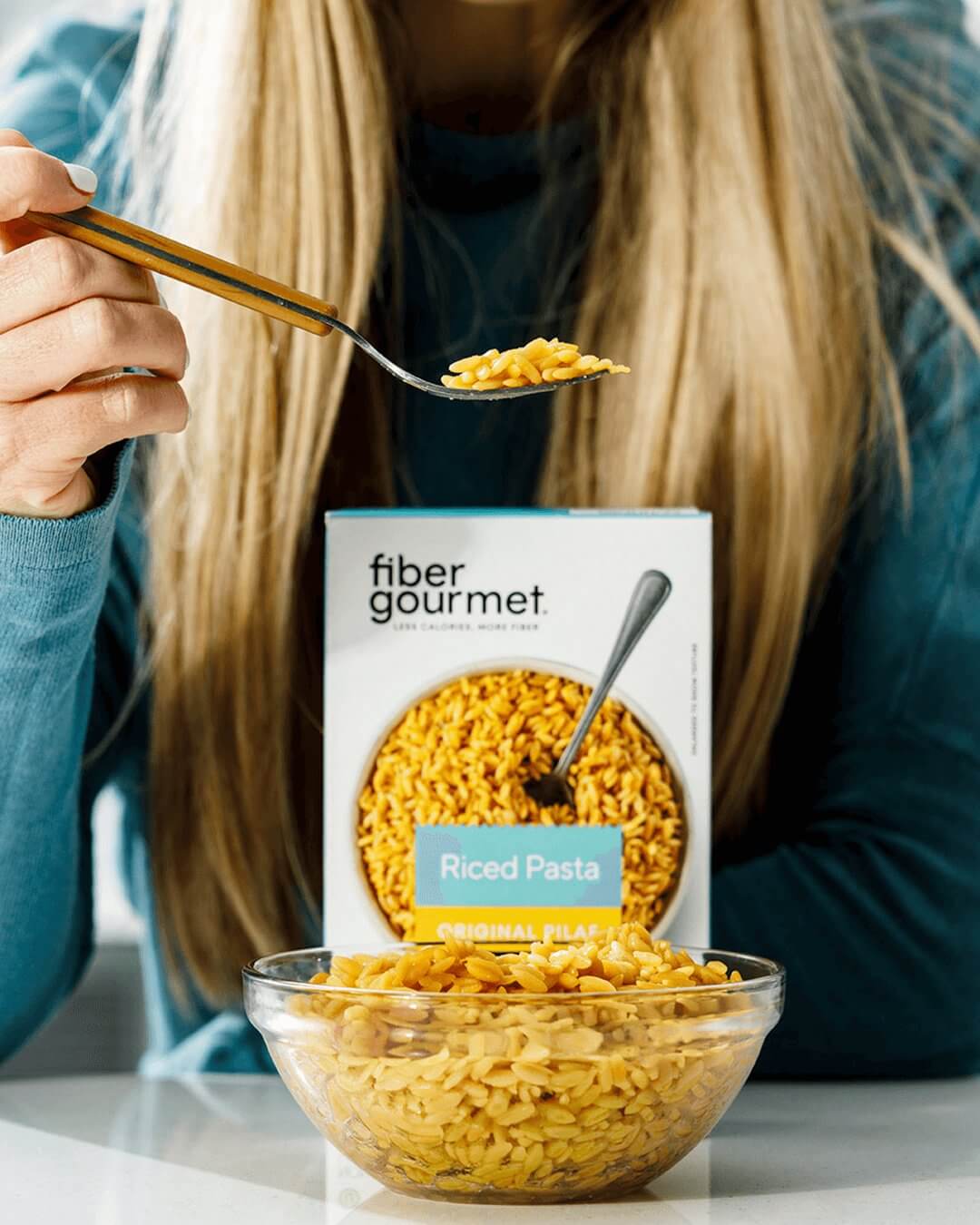
Riced Pasta
Looking for a hearty meal that your loved ones will enjoy? Seek no...
Let's get personal!
Be the first to know about new product launches, new flavors, and exclusive offers.









